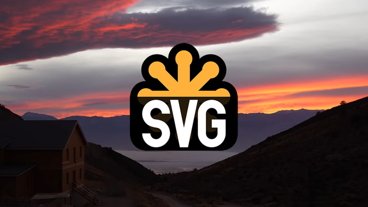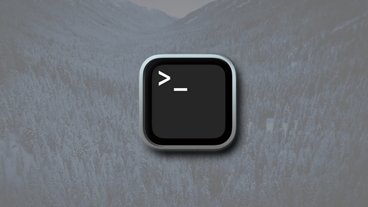Build 10A432 reportedly went GM a bit earlier this week and is currently on its way to manufacturing, where it will pressed onto optical media ahead of a formal availability date next month. The GM build also began making its way into the hands of some Apple Care support representatives and Apple Technicians on Wednesday.
Some of the changes and enhancements to the Snow Leopard installation process are as follows:
- Although Rosetta and Quicktime 7 are both included on the Mac OS X 10.6 installation DVD, both are designated as optional installs by default. However, if Mac OS X 10.6 is being installed on a Mac that contains a registration key for Quicktime 7 Pro, the installer will install Quicktime 7 automatically.
- Options to "Erase and Install" and "Archive and Install" are no longer present in the Mac OS X 10.6 installer. According to those familiar with the software, this was done for convenience, so that users do not accidentally erase and install their Mac OS X 10.5 Leopard partitions. However, "Erase and Install" remains available through Disk Utility, which is also included on the installation DVD.
- If you need to reinstall 10.6, it automatically archives and installs for you.
- A reinstallation will not affect your Mac OS X version number. In other words, reinstallation of Mac OS X 10.6 on a Mac that contains Mac OS X 10.6.1 (when it becomes available) will not overwrite any new components delivered by 10.6.1. So when the re-install is complete, you will still be running Mac OS X 10.6.1. This will save users considerable time.
- There is no "Previous System" folder at the root level after reinstalling.
- If a power outage occurs, installation will pick up from where it left off.
- To prevent the Blue Screen error that plagued some users when upgrading to Mac OS X 10.5, a software compatibility check is included that has a list of known "bad" apps, and disables them. Those programs are moved to an "Incompatible Software" folder.
- Unlike Mac OS X 10.5, you cannot install Mac OS X 10.6 Snow Leopard on computers where the hard drive reports a S.M.A.R.T. failure.
- Installation initially triggers a large chunk of data to be copied from the installation DVD to the user's primary hard drive. The bulk of the installation is then managed from the hard drive, speeding up the installation process considerably. After a successful installation, that large chunk of data is automatically removed.
Mac OSX 10.6 Snow Leopard is priced at $29 for the single user license and $49 for the five-license family pack. The upgrade prices are available for users of the current version of Mac OS X, 10.5 Leopard. Snow Leopard will only be available for Mac users on Intel-based computers.
Also available is Mac OS X Server 10.6 Snow Leopard. Priced at $499, Leopard Server is said to be the most significant improvement to the server operating system since Mac OS X Server was launched. Amazon is also selling box sets with Snow Leopard, featuring the OS, iWork and iLife for $169 and the five-license family pack, iWork and iLife for $229.
For more on Apple's upcoming operating system, read AppleInsider's extensive Road to Snow Leopard series
For the sake of completeness, AppleInsider notes that it has heard some rumors that Snow Leopard could be released as early as August 24. However, these anecdotal tips cannot be confirmed with any degree of certainty at this time.
 Kasper Jade
Kasper Jade






-m.jpg)






 Marko Zivkovic
Marko Zivkovic
 Mike Wuerthele
Mike Wuerthele
 Christine McKee
Christine McKee
 Amber Neely
Amber Neely
 Sponsored Content
Sponsored Content
 Wesley Hilliard
Wesley Hilliard

 William Gallagher
William Gallagher









113 Comments
My first Mac, can't wait.
These are some nice tweaks. I’m still waiting for QT7 to be an option. There are just too many things that I miss about it that QTX doesn’t do. I still surprised that QTX is considered complete at this point.
Sounds like they have gone through with a fine tooth comb to make sure the Snow Leopard installation process is robust. This feature alone must have taken considerable time to engineer:
If this same care extends throughout the rest of the release then we are in for a treat!
Sounds like they have gone through with a fine tooth comb to make sure the Snow Leopard installation process is robust. This feature alone must have taken considerable time to engineer:If this same care extends throughout the rest of the release then we are in for a treat!
But if one of the components that needs to be fixed gets updated by the 10.6.1 update, don't u still have the broken component? Or in that case would you just need to reapply the update?
But if one of the components that needs to be fixed gets updated by the 10.6.1 update, don't u still have the broken component? Or in that case would you just need to reapply the update?
My thoughts exactly. Often to fix problems we want to revert to an earlier version.